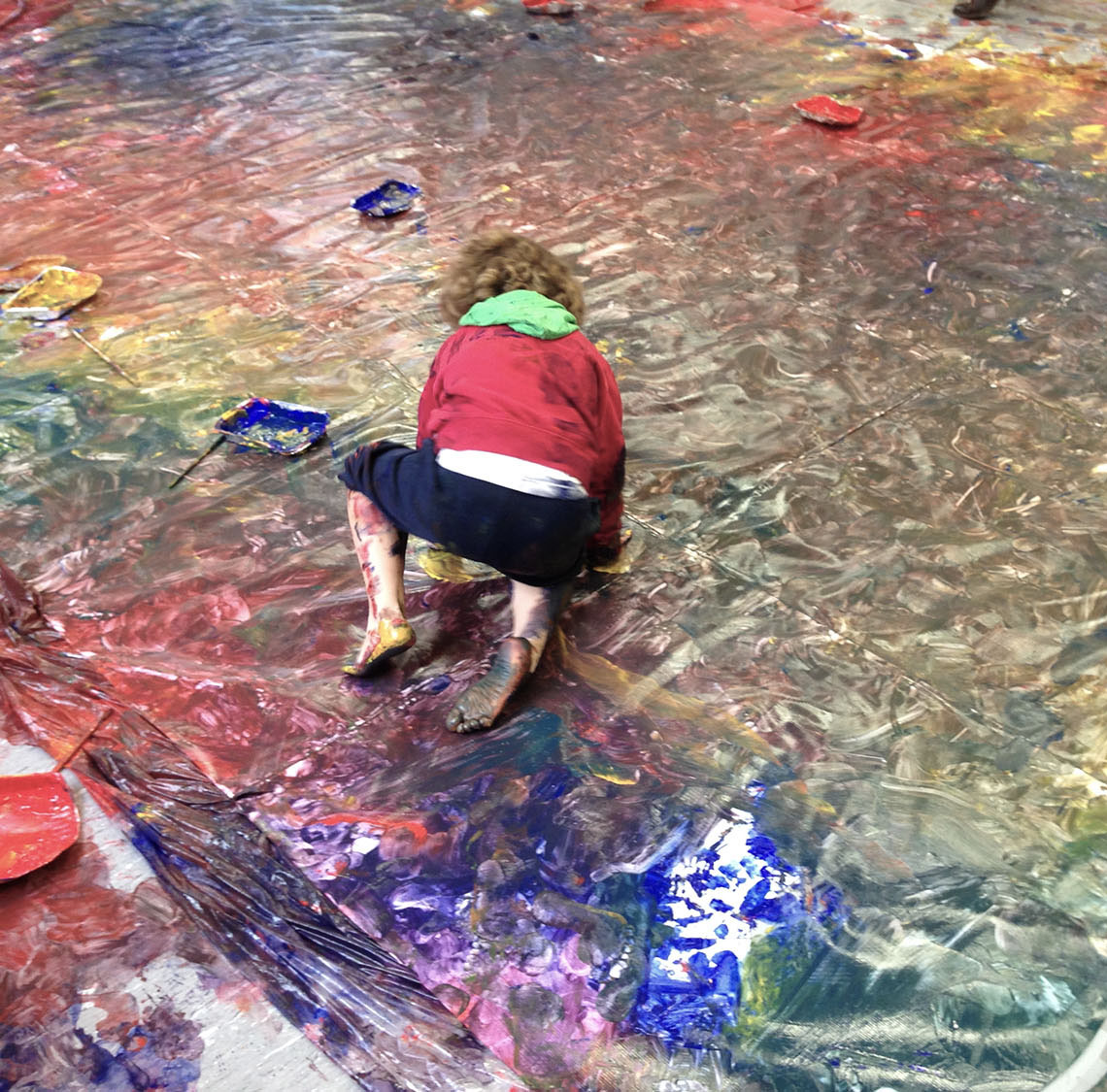IN TRANSITION
PLAÇA DE LES GLORIEs. Barcelona.
Client: City of Barcelona & Barcelona d'Infraestructures Municipals SA
Project Architects: Agence Ter (Lead consultant), Ana Coello de Llobet
Project Area: 15 ha
Project Date: 2014 - 2021
WE CONSTRUCT THE GLÒRIES WE WANT
Client: Escola dels Encants
Project Architects: Elena Guim, Itziar González Virós, Salvador Matas
Collaborators: various neighbourhood organisations
Project Date: 2013-2014
PLAÇA DE LES GLÒRIES, BARCELONA
Walking across the Plaça de les Glòries under construction, you see a space in transition. The contrast of scale between new developments and surrounding urban fabric has never been more apparent.
UNLOCKING THE POTENTIAL
It has been 150 years since Ildefons Cerdà, author of Barcelona’s revolutionary 19thcentury extension, envisaged Plaça de les Glòries to be the new centre of the Eixample and indeed the heart of the city itself. Of historic importance as entry point from the North and located where the main streets Diagonal, Meridiana and Gran Via intersect, the site forms the geometric centre and formal backbone of the Cerdà Plan. But despite transformations over the decades, like the construction of the emblematic elevated ring road and central park by Arriola Fiol Arquitectes prior to the 1992 Olympic Games, its potential as an urban hub has never been unlocked. A place of transit rather than a meeting place, it has since been dominated and fragmented by road traffic and almost impossible to navigate for pedestrians. But the history of Glòries, its strategic location, its heterogeneity and complexity, also shows the importance of the site.
In 2007 the city council collaborated with neighbourhood entities to adopt a new strategy for the site called the Glòries Commitment. Its main objectives were the demolition of the elevated ring road, the underground relocation of traffic and the construction of a green space alongside new local community facilities to complement the existing metropolitan-scale facilities – the Design Museum, Encants Market, the National Theatre and the Auditorium. Glòries will also form part of the Diagonal Verde, a green corridor that will connect the parks Trinitat and Ciutadella and include the proposed Parc del Camí Comtal. As the construction process is thought to last several years, a temporary public space design has been implemented with provisional facilities, bike paths and planting.
URBAN CANOPY
The winning competition entry for the reconstruction of Glòries, Urban Canopy by landscape architects Agence Ter and Ana Coello de Llobet, is blurring the lines between square and park, opting for a green interpretation of the site.The jury deemed the design as ‘more Eco-Architecture than Ego-Architecture’, that will provide the city with a unique public space of around 15 hectares.
Urban Canopy aims to create a hybrid urban ecosystem by developing a synergetic relationship between the different layers - the subsurface, the ground plane and green canopy. With biodiversity and climatic comfort as dominant themes, the design strategy includes the construction of a continuous multipurpose surface to connect the neighbourhoods, the restoration of subsoil fertility to enable the conditions for the emergence of biodiversity, the establishment of a tree canopy as an ecological urban connector and a system of nodes punctuating the space. These bio-nodes are designed as natural refuges in the urban environment.While the macro-nodes are larger scale multifunctional spaces, the non-accessible micro-nodes are urban retreats for flora and fauna.
Diagonal Avenue will be remodelled as a symbolic axis for cyclists and pedestrians. Water-sensitive urban design will be implemented by harvesting rainwater from the site and adjacent roof surfaces.
WE ALL SHAPE OUR CITIES
The fact that Glòries is being redeveloped during an economic crisis, with the effects of failed urban planning strategies and speculation omnipresent, has been criticised for its scale and the feared impact on the existing social and urban fabric. Previous developments in the area related to the Olympics and the Forum 2004 resulted in the demolition of industrial heritage and the displacement of local residents.
The years of crisis have also seen citizens’ groups increasingly taking part in the shaping of the city and its public spaces. Emerging architecture collectives have started the dialogue with local communities to promote architecture and to strengthen social cohesion within the city through projects like the urban itineraries organised by El Globus Vermell and ‘We construct the Glòries that we want’, that received an award by the Catalan government. The workshops with children of the Els Encants school located at Glòries were devised to raise their awareness of the benefits and conflicts of sharing public space and to involve them in the design of the future square. Elena Guim of Arquect, part of the project team of architects and educators, explains that the children were given tasks according to age groups. They acted as construction workers setting up a giant plan of the square and created cardboard models of transport vehicles and costumes for the role-play. Through replay of real-life situations on the square as the protagonists of public space - pedestrians, drivers, tram passengers - the older children could observe the ensuing situations and conflicts. The experiences were reflected in a big site plan and individual proposals for their local school ground, Glòries.
The new Glòries will bring community facilities and much needed green infrastructure to the compact suburb of Eixample, but it will also most likely lead to gentrification and rising real estate values in the area. Whether these processes exacerbate the divide between the four adjacent suburbs, characterised by distinctly different urban and socio-economic structures, or whether the future Plaça de les Glòries provides a coherent urban framework and sense of place, remains to be seen. The above neighbourhood projects show examples of tools to enable residents to appropriate the site, as community inclusion will be vital for a successful transformation.
This article was first published in Topos Magazine in December 2015. Fast forward to 2018, work has resumed at the construction site after numerous delays due to change in local government, contractors and other obstacles. Updates to follow soon.
Image Rights
Aerial photo & temporary public space facilities © Ajuntament de Barcelona, Urban Canopy © Agence Ter & Ana Coello de Llobet, Workshops © Elena Guim







